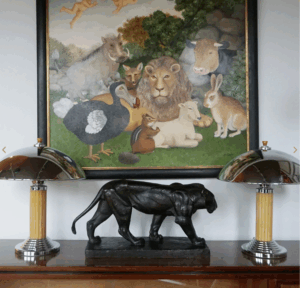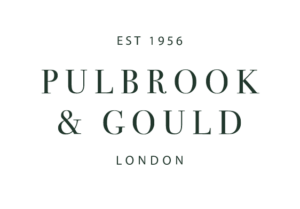The beginning of Art Deco
When the International Exhibition of Modern Decorative and Industrial Arts opened in Paris on April 28, 1925, the French government hoped that it would prove a beacon for European talent. Cutting edge ideas across many disciplines, from architecture and interior decoration to jewellery and furniture, presented by 15,000 exhibitors from 20 different countries, heralded a new era in design to impress the world.
However, the exposition’s most lasting legacy once the doors finally shut on October 25, after welcoming more than 16 million visitors, was the recognition of a new style, ‘Art Deco’ (a term not coined until the mid 1960s) which took its name from the exposition itself.
The Art Deco style found its roots in the art movements of the day and the decade before: Cubism, Futurism, Fauvism and the rebellion of the Vienna Secessionists. They had broken away from what they saw as stifling traditions to face the modern age to make fresh statements in graphic design, strong lines and bold colour. The materials they used in designing furniture, interiors and objects shouted luxury and confidence: ebony, ivory, chrome, stainless steel and marble.
The constituent parts of the Art Deco style, from design to materials – and the inspiration used to give them shape and form – has had an enduring appeal for interior decorators and collectors alike, with iconic objects buildings and objects, from the Chrysler Building in New York to the cocktail cabinet serving as instantly recognisable talismans of what could almost be dubbed a ‘brand’.
Exuberant, ambitious, unapologetic and exciting, Art Deco has proved to be one of the most attractive styles of the past century and more, with mass appeal that effortlessly crosses international borders.
London is hosting a series of events to mark the centenary, from Art Deco salons and sleepovers at Claridge’s to an Art Deco Exposition Centennial Ball at the Royal Overseas League, a stone’s throw from The Ritz, which took place on June 5. The Great West Road, heading out of London, also opened in 1925, and arguably its most iconic landmark, the Art Deco Gillette Building, forms the centrepiece of a series of events linked to the London Festival of Architecture throughout June.
Pop across to Paris after visiting The Berkeley Square Fair from October 28 to November 2 and you will be able to view the just-opened exhibition 1925-2025. One Hundred Years of Art Deco at the Musée des Arts Décoratifs.

This wonderful, signed Art Deco bronze sculpture of a striding panther by Piero Palozzolo will appear on the stand of Art Deco specialist Jeroen Markies at the Berkeley Square Fair. Dating to c.1925, the 29 x 53 x 18cm piece carries an asking price of £26,500.





